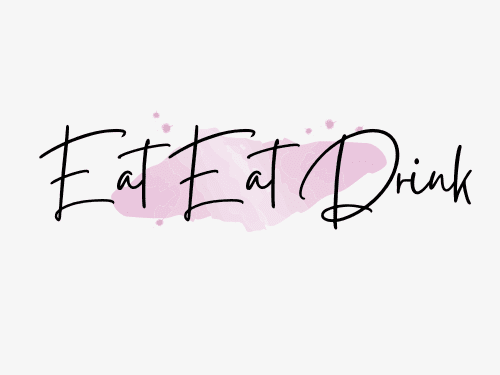Nourishing Options: Exploring Real Food in Feeding Tubes
Feeding tubes serve as a vital lifeline for individuals who are unable to consume food orally, providing the necessary nutrition and hydration required for their well-being. While medical formulas are commonly used, questions often arise regarding the possibility of using real food in feeding tubes.
In this article, we explore the feasibility, considerations, and potential benefits of incorporating real food into feeding tube diets.

Can You Put Real Food in a Feeding Tube?
Yes, it is possible to use real food in a feeding tube, but it requires careful evaluation and guidance from healthcare professionals. The decision is influenced by various factors, such as the individual’s medical condition, digestive capabilities, and specific dietary needs.
Can I Put Regular Food in a Feeding Tube?
The term “regular food” is broad and can encompass a range of options. While some forms of regular food may be suitable for a feeding tube, it is crucial to ensure that the food is appropriately prepared, modified, or blended to ensure proper consistency and ease of digestion.
Working closely with healthcare professionals, including dietitians and speech-language pathologists, is vital to determine the suitability of regular food for an individual’s feeding tube regimen.

What Kind of Food Can You Put in a Feeding Tube?
The types of food that can be used in a feeding tube depend on the individual’s specific dietary requirements, swallowing abilities, and the recommendations of healthcare professionals. In some cases, soft or pureed foods like mashed vegetables, fruits, and cooked meats may be suitable.
In other instances, specialized commercial products designed for tube feeding, such as enteral formulas, may be the preferred option. These formulas are nutritionally balanced and specifically formulated to meet the needs of individuals with feeding tubes.
What Foods Should You Avoid in a Feeding Tube?
Certain foods can present challenges when used in a feeding tube and may pose a risk of clogging the tube or causing other complications. Foods with high fiber content, tough textures, or seeds should generally be avoided.
Additionally, foods that are difficult to blend to a smooth consistency or require excessive processing may not be suitable for use in a feeding tube. It is crucial to consult with healthcare professionals to determine which specific foods should be avoided based on individual circumstances.

Final Thoughts
The use of real food in feeding tubes can provide a sense of familiarity, enjoyment, and satisfaction for individuals who require tube feeding. However, it is crucial to approach this option with careful consideration, professional guidance, and adherence to dietary recommendations.
Healthcare professionals, including dietitians and speech-language pathologists, play a vital role in evaluating the appropriateness of real food for each individual’s unique needs.
Ultimately, the goal of feeding tube diets is to provide adequate nutrition, promote optimal digestion, and minimize potential complications. The decision to incorporate real food into a feeding tube regimen should be made in collaboration with healthcare professionals to ensure that the chosen foods are safe, nutritionally balanced, and aligned with the individual’s specific dietary requirements.
By exploring the possibilities of real food in feeding tubes, we can strive to enhance the overall experience of individuals who rely on these life-sustaining interventions, offering them a wider range of nourishing options while prioritizing their health and well-being.







